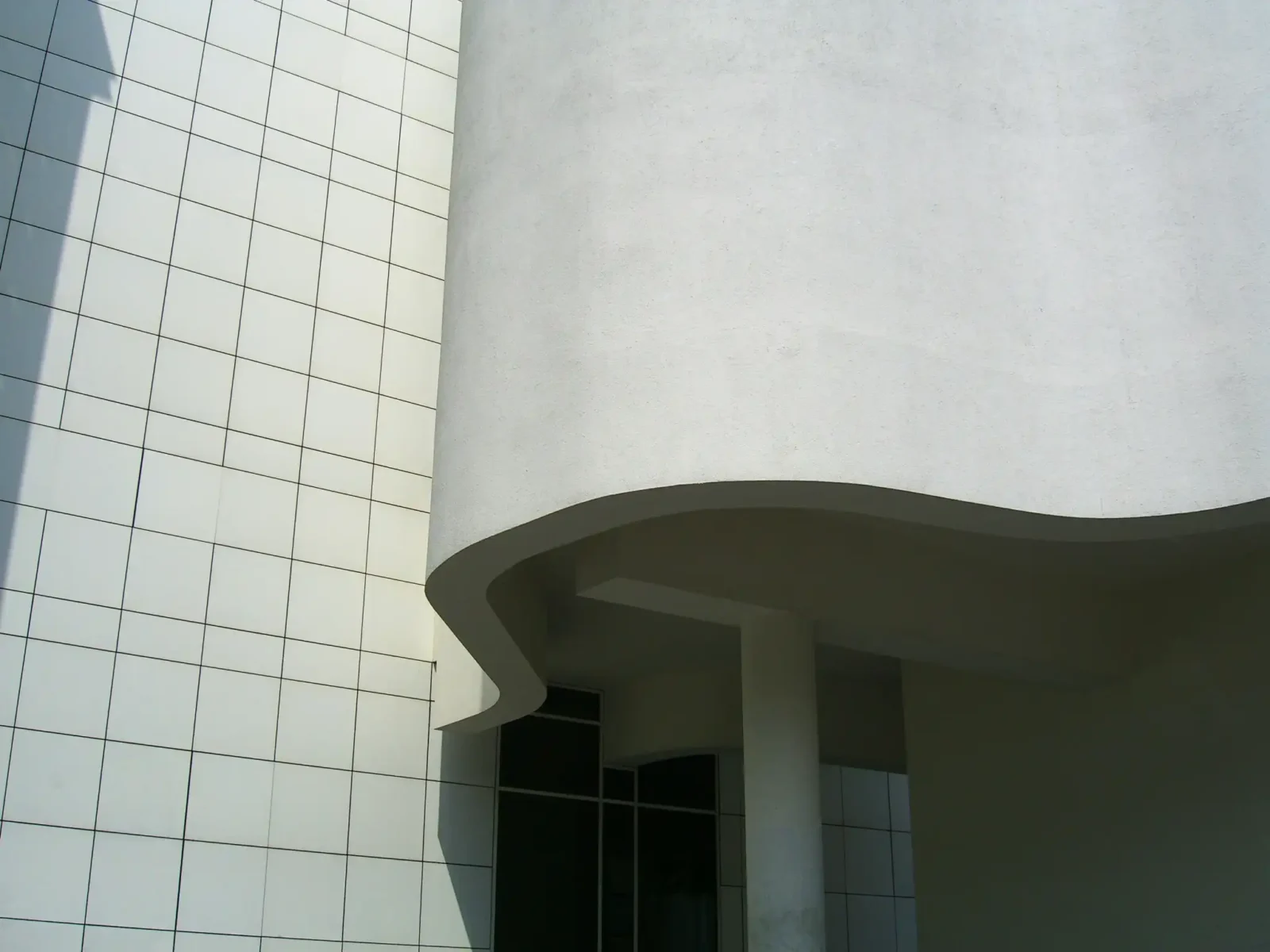- Home
- Articles
- Architectural Portfolio
- Architectral Presentation
- Inspirational Stories
- Architecture News
- Visualization
- BIM Industry
- Facade Design
- Parametric Design
- Career
- Landscape Architecture
- Construction
- Artificial Intelligence
- Sketching
- Design Softwares
- Diagrams
- Writing
- Architectural Tips
- Sustainability
- Courses
- Concept
- Technology
- History & Heritage
- Future of Architecture
- Guides & How-To
- Art & Culture
- Projects
- Interior Design
- Competitions
- Jobs
- Store
- Tools
- More
- Home
- Articles
- Architectural Portfolio
- Architectral Presentation
- Inspirational Stories
- Architecture News
- Visualization
- BIM Industry
- Facade Design
- Parametric Design
- Career
- Landscape Architecture
- Construction
- Artificial Intelligence
- Sketching
- Design Softwares
- Diagrams
- Writing
- Architectural Tips
- Sustainability
- Courses
- Concept
- Technology
- History & Heritage
- Future of Architecture
- Guides & How-To
- Art & Culture
- Projects
- Interior Design
- Competitions
- Jobs
- Store
- Tools
- More
Exploring Basic Design Principles in Architecture

Architecture is more than just buildings. It’s a profound reflection of society’s values, aesthetic tastes, and technological advancements. Central to good architecture is a suite of design principles that guide architects in creating spaces that are functional, sustainable, and beautiful. This article delves into some of the basic design principles that have shaped and continue to inform architectural practices.
Understanding and internalizing the fundamental principles of architectural design is akin to a musician mastering the basic scales in music. These principles lay the groundwork upon which all architectural expressions are based. When architects grasp these essential concepts, they equip themselves with a toolkit that enables them to respond effectively to a myriad of design challenges. It ensures that they can navigate the balance between aesthetics and functionality, creating spaces that are not only visually captivating but also responsive to the needs of their inhabitants. Without a firm grounding in these principles, architectural designs risk becoming either purely formulaic or too abstract, missing the harmonious blend of form and function.
Furthermore, by learning these core principles, architects and designers develop a common language through which they can communicate, critique, and refine their ideas. This shared vocabulary fosters collaboration, promotes a clearer understanding of design intentions, and sets a benchmark against which the success of a design can be measured. As architecture shapes our daily experiences, influencing how we live, work, and play, the importance of adhering to foundational principles cannot be overstated. It ensures the creation of built environments that not only serve their intended purposes but also uplift, inspire, and endure through time.
Table of Contents
Toggle1. Form Follows Function
This principle, famously articulated by Louis Sullivan, posits that the shape of a building or structure should primarily relate to its intended function or purpose. It is the belief that aesthetic considerations should be secondary to the primary function of a building. For instance, a library should first and foremost provide quiet, well-lit spaces for reading and studying before considering other decorative elements.
2. Balance and Symmetry
The human eye is naturally drawn to balanced and symmetrical designs. Think of the classic designs of Greek temples or Renaissance churches. They instill a sense of order and harmony, which many find pleasing. However, perfect symmetry isn’t always the goal. Asymmetrical designs can also be balanced using techniques like color, texture, and form.
3. Rhythm
Much like music, architectural design can also establish a rhythm through repetition of forms, colors, and patterns. For example, a series of columns or arches repeated at regular intervals creates a sense of order and flow.
4. Scale and Proportion
Getting the proportions right is crucial. Buildings should relate harmoniously to the human scale. It’s about ensuring that different parts of a building relate well to each other and to the whole. The Parthenon in Athens is an exemplary representation of this principle, where every element is proportioned to the others, creating a harmonious whole.

5. Contrast
While harmony is important, so too is contrast. A sharp contrast can accentuate certain architectural features. Think of the stark white modernist buildings against a clear blue sky or the sharp angles of a contemporary structure juxtaposed against the organic forms of nature.
6. Unity and Variety
While a coherent design language ensures unity in architecture, introducing variety prevents monotony. Architects often use materials, colors, and forms to weave a narrative that has both a unified theme and intriguing diversities.
7. Hierarchy
In many architectural designs, especially in larger structures like cathedrals or institutional buildings, a hierarchy is established to signify importance. This could be achieved through the placement, size, or design intricacy of certain elements.
8. Material Integrity
Using materials honestly is a principle championed by many architects. It’s about letting materials be true to their nature. For instance, steel should look like steel, and wood should be allowed to exhibit its natural grain and texture, rather than being masked.

9. Sustainability
Increasingly, sustainability is becoming a fundamental principle in architecture. It’s about designing buildings that minimize environmental impact by using energy-efficient methods, sustainable materials, and other eco-friendly practices.
10. Connection with Context
A building should not be an isolated entity. It should relate to its surroundings, whether it’s the urban fabric of a city or the natural landscape of the countryside. This connection can be achieved through material choice, form, or design motifs that echo the surroundings.
In conclusion, while architectural styles and preferences evolve over time, these foundational design principles remain at the heart of the practice. They guide architects in creating structures that resonate with both their immediate environment and the people who use them.

Submit your architectural projects
Follow these steps for submission your project. Submission FormLatest Posts
The Ultimate Guide to Fencing in North Dakota: Choosing the Best Fence for Your Property
Watching a chain link fence twist in 70 mph winds near Minot...
Gaudí: Where Architecture Meets Science
Gaudí: Where Architecture Meets Science shows catenary arches, ruled surfaces, and biomimicry...
How Housing Market Forces Shape Architectural Design Today
Architecture never exists in isolation. Buildings rise from a mix of ambition,...
Why Portable Formaldehyde Gas Detectors Matter on Construction Sites
As construction practices shift toward more enclosed and material-intensive environments, the risk...












Leave a comment